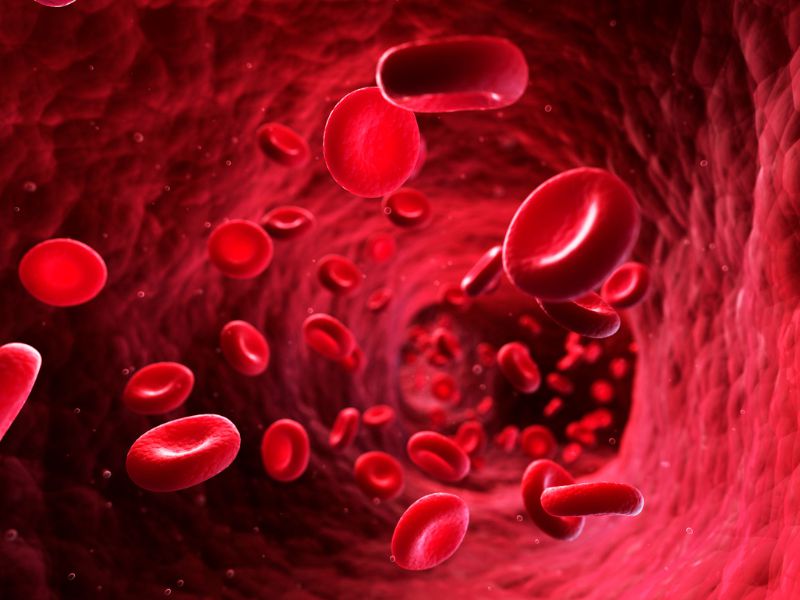Gout, a condition often associated with an excess of rich foods and vintage wines, has a historical reputation as “the disease of kings.” Today, we understand gout as a form of inflammatory arthritis, characterized by high levels of serum uric acid. But recent studies have brought to light another medical concern that shares an unexpected connection with gout: anemia. While they may seem like disparate health issues, emerging research is revealing a fascinating link between the two.
The U-Shaped Connection Of Uric Acid To Anemia
A groundbreaking 2023 study by Wang et al. that focused on the American populace has presented evidence of a U-shaped relationship between serum uric acid levels and anemia (1). This means that both low and high serum uric acid levels correlate with an increased risk of anemia—a condition marked by a deficiency in the number or quality of red blood cells.
For individuals with gout, this is particularly interesting. Gout patients are often found to have higher levels of serum uric acid, which according to this study, places them at a potentially higher risk for anemia. Conversely, low uric acid levels, possibly indicative of poor nutrition, are also a concern as they may signal a risk for iron-deficiency anemia.

Gender-Specific Findings And Implications
The research didn’t stop at a general analysis. It also uncovered that the safe and optimal range for serum uric acid levels differs between men and women. For men, a serum uric acid range of 6-6.5 mg/dL is considered safe, while for women, the range is slightly lower at 4.2-4.5 mg/dL. However, it should be noted that the healthy range for uric acid is a disputed topic (2), and the study being discussed focused specifically on the connection between uric acid and anemia; though there are many factors to consider. In regards to managing your uric acid levels, consult with a qualified doctor who can advise you on what is best for your unique health condition.
Can Uric Acid Flush Effectively Lower Uric Acid?
Why Uric Acid Levels Influence Anemia
Diving deeper, the study suggests that on the left side of the U-shaped curve, where serum uric acid levels are low, anemia might be linked to nutritional deficits. Vitamin C deficiency, for instance, hampers iron absorption, which can lead to iron-deficiency anemia, the most common type of anemia. This finding highlights the importance of holistic health management.
Conversely, higher serum uric acid levels is often associated with metabolic issues and may be symptomatic of oxidative stress and chronic inflammation—both of which are contributing factors to anemia. The oxidative stress can damage red blood cells, while inflammation can interfere with the body’s utilization of iron, thus fostering anemia.
Conclusion: The Gout And Anemia Connection
The interplay between gout and anemia is complex and multifaceted. As the first study to illustrate a non-linear connection between uric acid and anemia, this study by Wang et al. offers a compelling narrative for understanding how extremes in uric acid levels can affect overall health. The study advocates for a dual-focused approach in monitoring serum uric acid levels to not only manage gout effectively but also to mitigate the risk of developing anemia. It also paves the way for further research that could lead to refined clinical guidelines and improved patient outcomes. As we continue to decode the mysteries of our bodies, the interconnection between seemingly unrelated health conditions like gout and anemia serves as a reminder of the intricate tapestry that is human health.
Interested in learning more abut how uric acid influences your blood health? Don’t miss our posts on the relationship between gout and blood sugar and our other post on the uric acid and blood pressure relation.

